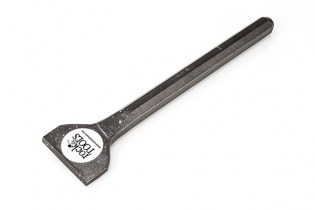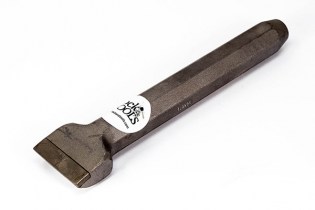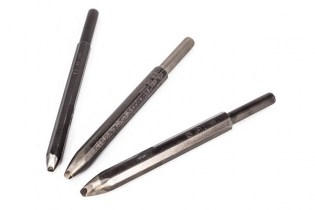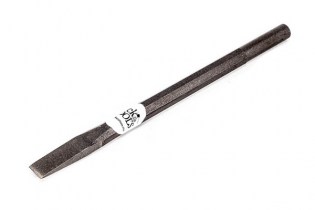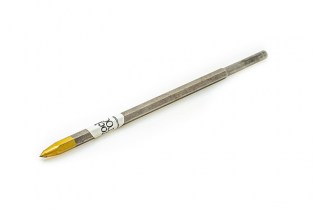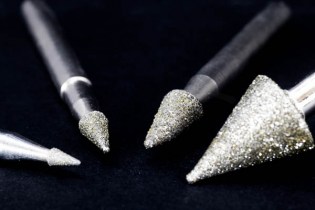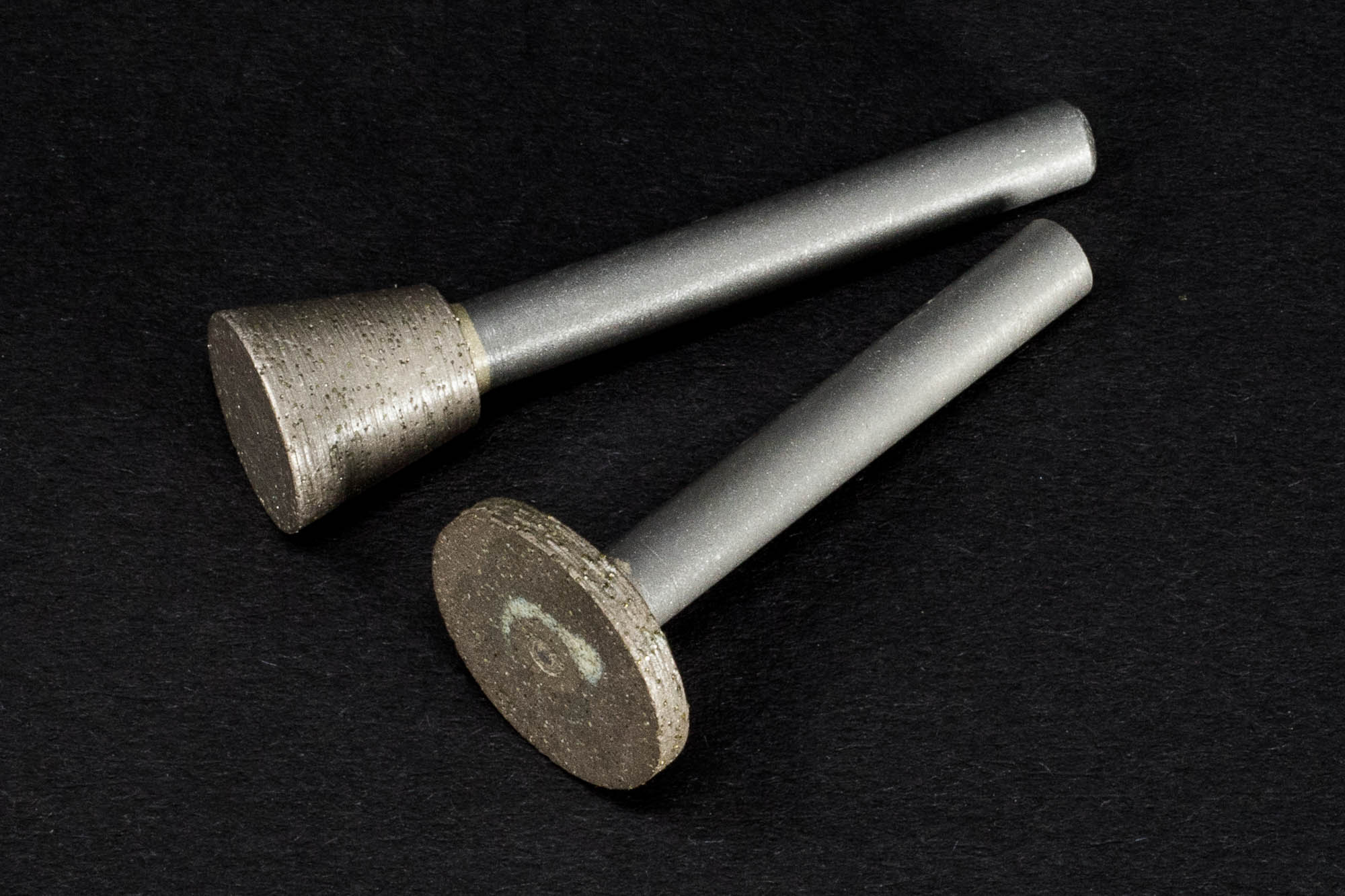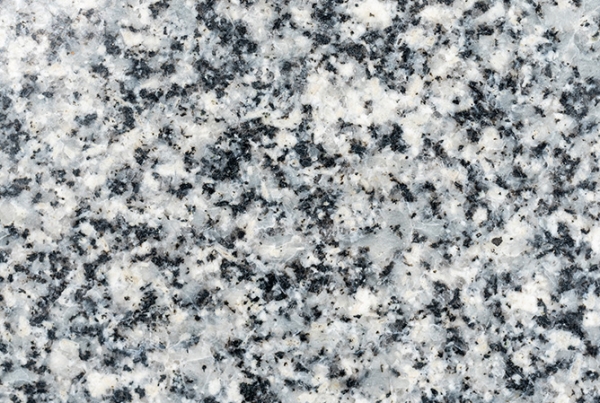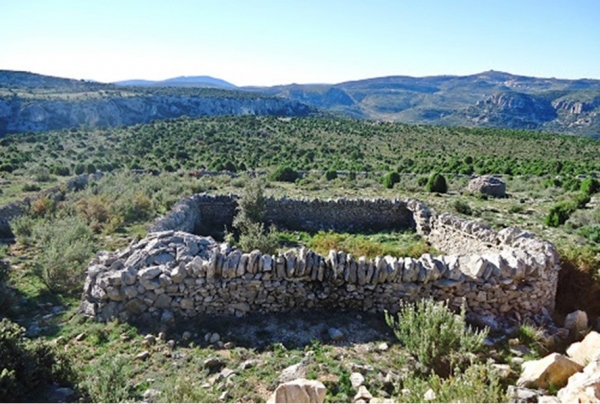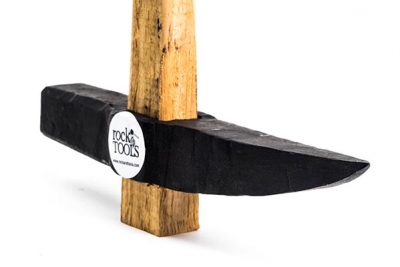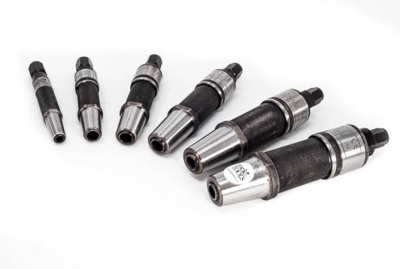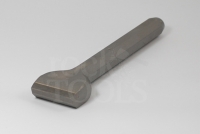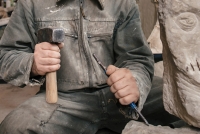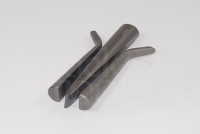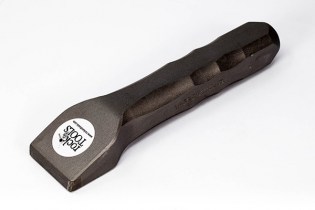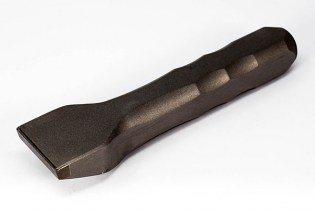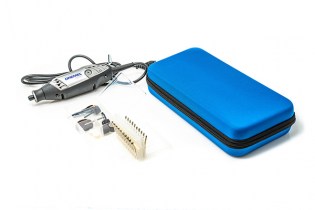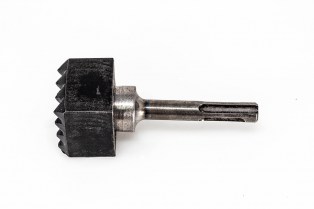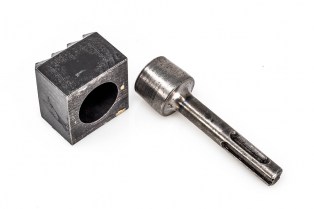How to cut granite and which tools to use
Granite is a very versatile material, formed by the slow cooling of molten magma at very high temperatures. This is an igneous, white rock, formed under the earth’s crust – in which we find those crystals that are so characteristic of this stone. If you want to know how to cut granite and which tools to use, keep reading!
What tools do I need to cut granite?
Due to its characteristics, there are various ways to cut, drill or polish granite. You’ll need a powerful machine, as well as a grinder that allows you to use different types of cutting discs.
Radial and table saws are the most common tools used to cut granite, as they are the most effective at this task. Diamond discs allow us to make clean, straight and chip-free cuts.
How do you cut granite safely?
Cutting granite requires a great deal of precision and care; however, it’s important not to neglect that essential element: safety while working. Not just for you, but also to avoid damaging the piece you’re working on.
As you know, granite is a very dense material, and as such, it’s important to use the right diameter cutting disc, and to make sure that this is in good condition (do not use with non-rock materials). Here are some tips we recommend for cutting granite with all the necessary safety measures:
- Remove all accessories (watch, bracelets, bangles, etc.), tie up your hair if necessary and roll up your sleeves. This is essential in order to avoid any possible accidents.
- Use safety glasses or a safety mask.
- Check that you have the tool configured with the right setting.
- Work slowly to avoid losing control of the blade’s positioning.
- Always concentrate while carrying out these kinds of tasks.
Everything you need to know about dry stone at Rock&Tools
At Rock&Tools we sell various tools for working with stone, and if you have any questions about which tool you need for a specific job, don’t hesitate to get in touch. On our website, you’ll find a comprehensive range of all the best tools for sculpting stone, with a huge amount of interesting information about sculpture available on our blog. What’s more, you can also join our community! Follow us here, on our Art Space and on our social media.

